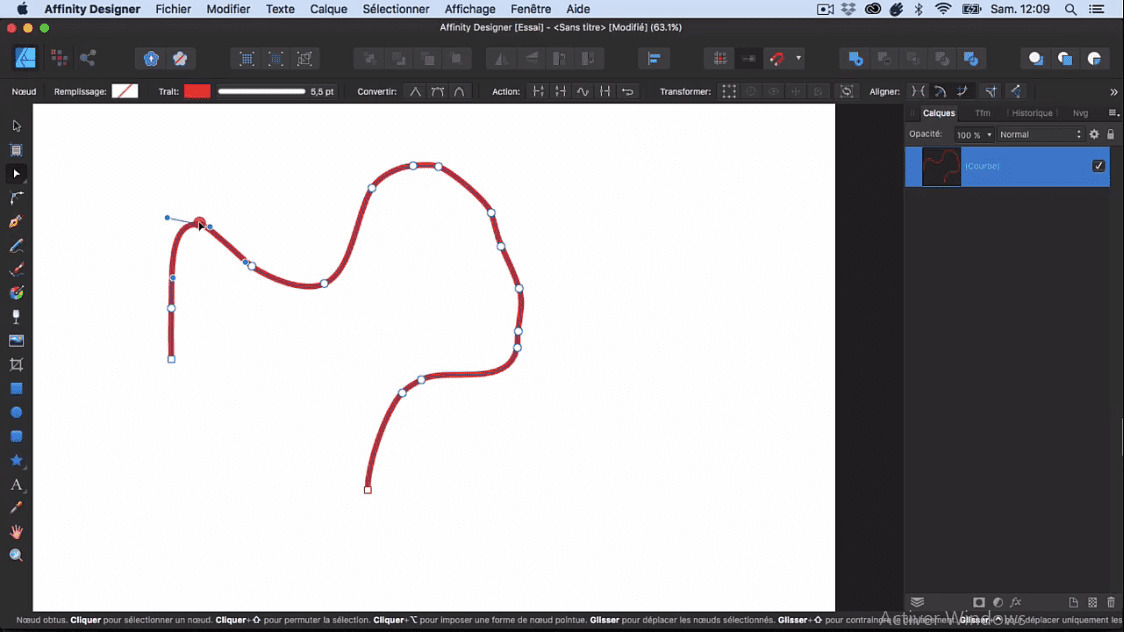

#Affinity designer trace software
I didn’t need all the software Adobe has to offer. I tried to justify the expense by 1) thinking of all the different software that comes with Creative Cloud, and 2) deciding I would switch to Adobe XD for my web design software, rather than paying for Sketch. £50 per month! Even subtracting the £10 I pay for the Adobe photo bundle, it was a bit steep, especially in the unpredictable times of Covid-19. When I got a new laptop earlier this year, I was 99% sure that a fresh subscription to Adobe Creative Cloud was a no-brainer. I pay monthly for Photoshop and Lightroom currently, but they’re definitely photo editing programs (and that’s what I use them for), not fit for designing a website. I decided to look for an alternative, and I found Affinity Designer.

Looking back, it’s really hard to see why. When I first started creating websites, Photoshop was the industry standard. I’ve been using Adobe for design work for as long as I can remember. Making the transition from Adobe Illustrator to Affinity Designer.Auto trace will automatically turn your pixel artwork into a vector at the click of a button! It’s not available in all vector software, but I’ll show you two different ways you can do it without leaving the iPad. But the quickest and easiest method is to use a feature called ‘auto trace’. Some are more precise than others (such as bezier curves from scratch).

I want to note as well, there are a few different ways to create a vector. If you were trying to do this with pixels, the size changes would leave you with a very blurry image! Having a master file in vector, they can resize without any quality loss and export to a. They may have multiple sizes they cater for, or in some cases need to supply. It’s also useful for people selling prints on Etsy or other marketplaces. This is especially important for print projects, logos or any situation where the dimensions may need to change. Vector artwork is key for a lot of projects as it allows you to scale both up and down to any size, as many times as you need without losing quality. There is a (very reasonable) one-off cost for Affinity Designer, but once you see the special ‘sculpt’ feature, you will understand why I had to include it! Then we’ll see how that compares when using Adobe Capture + Affinity Designer.ĭon’t worry, Adobe Capture is free.
#Affinity designer trace free
First, we’ll export lettering from Procreate and use the autotrace function using the free app, Vectornator. I’m going to show you two different options for mastering your vectorising projects today. This is a popular method, but you need a costly subscription + a desktop computer.īut is there another way to do this without leaving the iPad or paying a monthly subscription ? Yes! The fastest and easiest way to convert pixel artwork to vector has always been via ‘image trace’ in Adobe Illustrator (aka ‘auto trace’). Since Procreate came out, more and more artists have moved to the iPad as either a starting point, or their entire workflow. One piece of the process that has been hard to substitute when using the iPad alone, is vectorising.


 0 kommentar(er)
0 kommentar(er)
